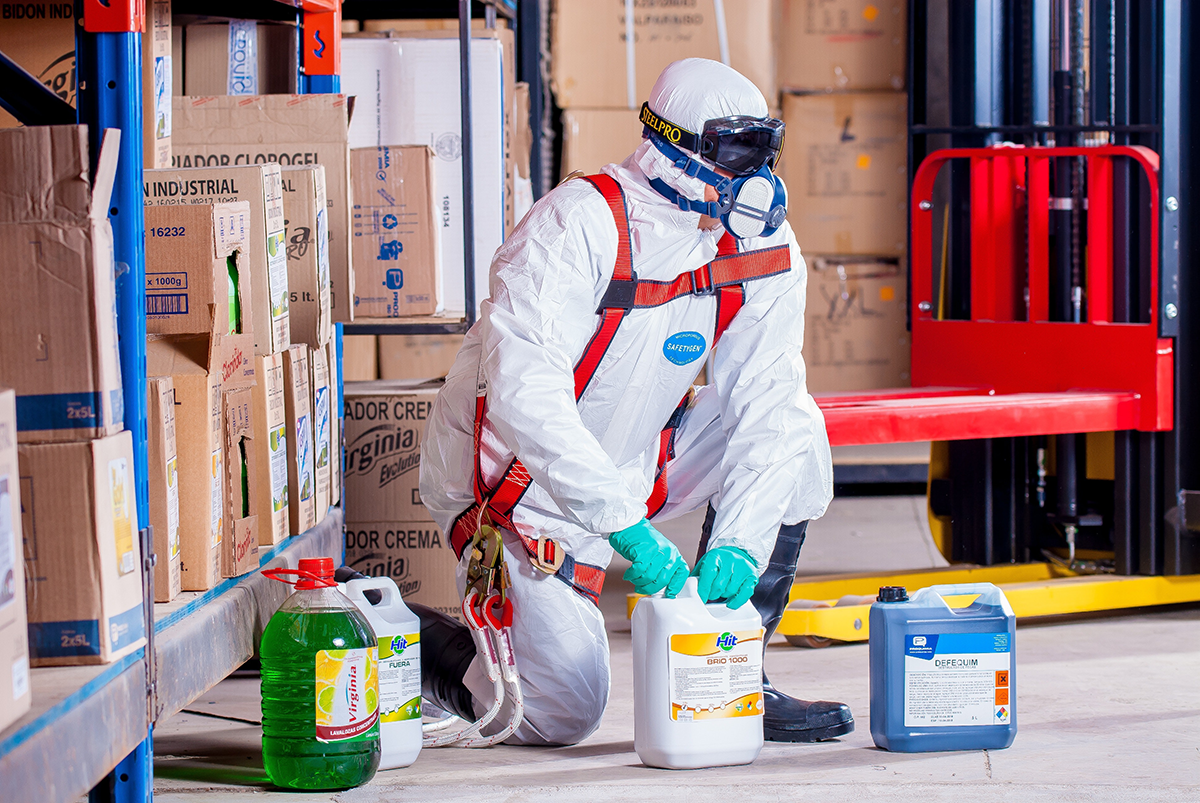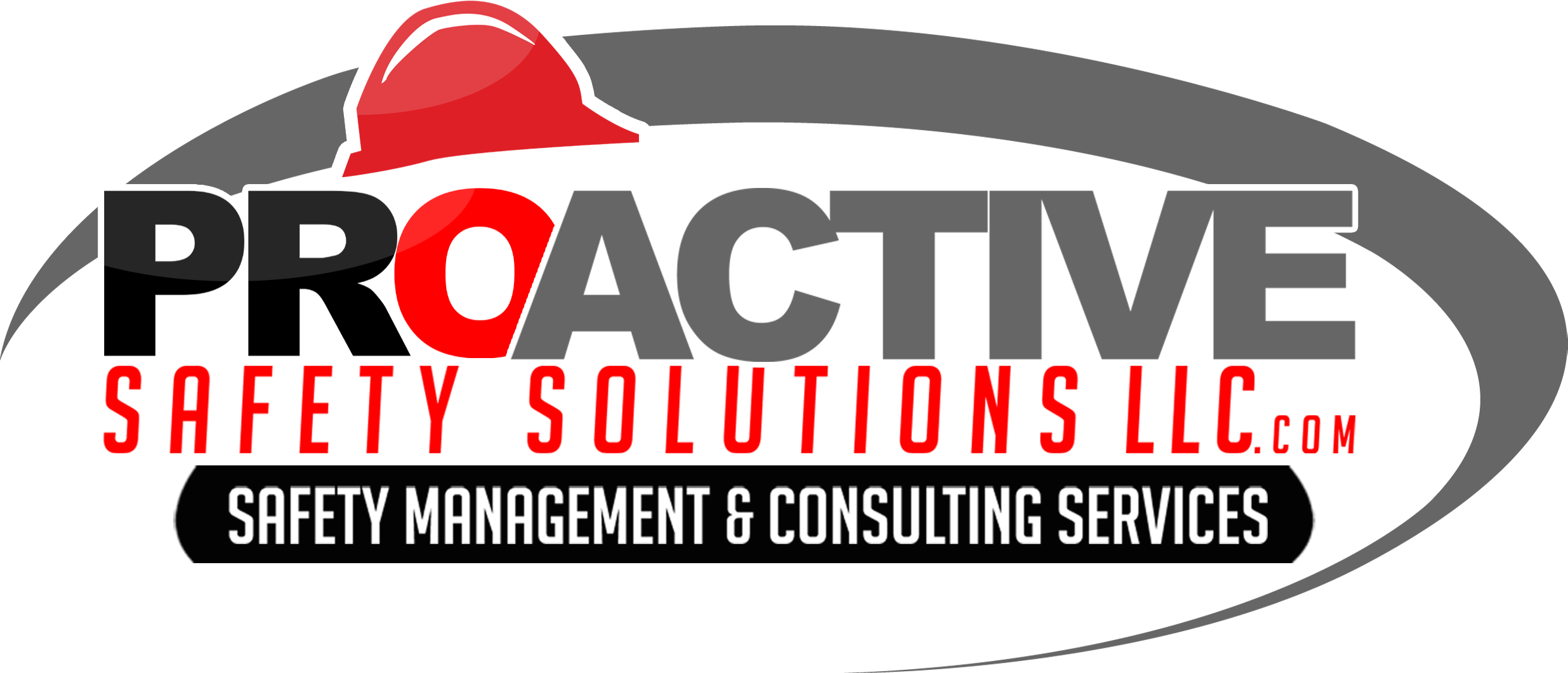We cover the top OSHA violations & penalties your business faces.
We hear from a lot of our customers that staying on top of each and every health and safety issue out there is hard work. The big issue is, when it comes to the regulations surrounding health and safety within your business, there’s a ton of information to absorb and understand.
OSHA is one of the toughest regulatory bodies out there, meaning staying out of their crosshairs and keeping your company healthy safe, without facing any OSHA violations, penalties, or other enforcement actions can be hard.
Fortunately, when it comes to health and safety consulting, regardless of what industry your business operates in, there are some constants that you should always be aware of. Unlike most consultants who want to keep you in the dark about the things you need to worry about, we want to educate you, the customer, on the top OSHA violations your business or organization should be worried about.

What are the top OSHA violations for my business?
Since we help a variety of industries we’ve seen and heard a lot when it comes to OSHA violations for businesses. And, in our time helping various industries, we’ve both seen, and read from other industry experts, that there are a couple of key OSHA violations organizations should be aware of. So, let’s break town the top 5 OSHA violations your operation, or any business out there, should be aware of in no particular order.
Part 1926 – Safety and Health Regulations for Construction – Subpart M – Fall Protection
For the last six years in a row this has been OSHA’s most cited violation. Every year, year after year, this is OSHA’s top violation for businesses and organizations, regardless of the industry.
There’s a good reason for Subpart M – Fall Protection to be OSHA’s top violation for businesses since fall protection is unfortunately the leading cause of employee fatalities on construction sites. Because of this reason, Subpart M – Fall Protection has been, and most likely will remain OSHA’s top violation for years to come.
Part 1910 — Occupational Safety and Health Standards Subpart Z—Toxic and Hazardous Substances §1910.1200 Hazard Communication
Communication with your staff is vital, and OSHA issues violations based on the lack thereof. Many organizations out there have not updated their safety programs or safety training for their employees to align with OSHA’s adopted GHS elements. These elements have been in effect since 2013, and four years later OSHA is still issuing violations to businesses left and right.
Part 1926 – Safety and Health Regulations for Construction – Subpart L – Scaffolds
When people hear scaffolding, they usually immediately picture construction activities, and for the most part they’re correct. This OSHA violation is typically construed as something that disproportionately impacts the construction industry, but scaffold regulations also impact many businesses within the maritime industry as well.
Point being, if there is any type of scaffolding used at your facility, make sure you’re in compliance or risk an OSHA violation.

Part 1910 — Occupational Safety and Health Standards Subpart Z—Toxic and Hazardous Substances §1910.134 Respiratory Protection
Respiratory protection is a common issue we see at a variety of businesses across the United States. We see it all the time, and so does OSHA, meaning this standard, and the violations relating to it are commonplace across the construction, maritime, and general industry. In fact, this is easily within the top 10 OSHA violations year after year.
Whether existing respiratory protection isn’t sufficient, equipment is on-site but not being used, or a facility doesn’t offer any form of respiratory protection, OSHA is out there enforcing this standard aggressively.
Part 1910 — Occupational Safety and Health Standards Subpart Z—Toxic and Hazardous Substances §1910.147 – The control of hazardous energy (lockout/tagout)
The practices and procedures necessary to disable machinery or equipment for maintenance or servicing is vital to keeping your staff alive and safe. For this reason, lockout & tagout is of the utmost importance. This is one of the top violations OSHA hands out every year because it’s an easy safety practice many companies should be on top of. It happens frequently in general & maritime industries, and within the construction industry as well.
A proper lockout / tagout program necessary to avoid an accident needs training, written procedures, and inspections, and unless OSHA sees all three (and believes them to be sufficient), your business could face a violation.
OSHA Violations at Your Organization
Many people view OSHA violations as an annoyance, but the fact of the matter is they’re happening because OSHA wants to keep employees across the country safe. There’s two way for businesses to avoid an OSHA violation – either stay ahead of the curve and in compliance with applicable regulations and standards, or hire an outside safety professional.
If for any reason you think your company might not fully be following OSHA standards, has received a violation from OSHA, or you need an outsider to provide safety auditing, contact a safety professional. To learn more about how Proactive Safety Solutions can help your business, click here to contact us or give us a call at 732-270-2900 to talk to one of our expert safety consultants.


